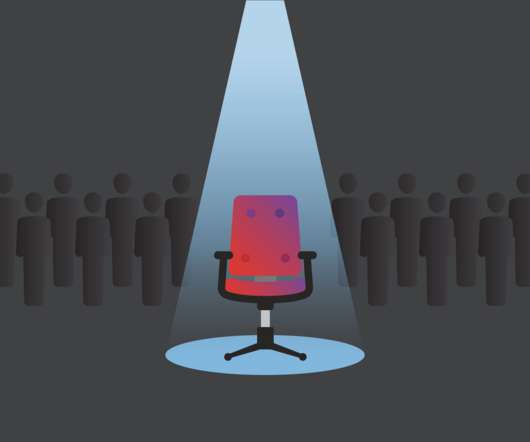Contact Centers Can Thrive in the Worker Shortage
SmartAction
DECEMBER 15, 2021
The decline continued but stabilized around 2004 until the Great Recession of 2008 hit, which severely affected the labor participation rate. How does conversational AI automation for the contact center fit into solving the issue of not having enough workers for all the demand? It dropped to 63% until it normalized around 2013.















Let's personalize your content